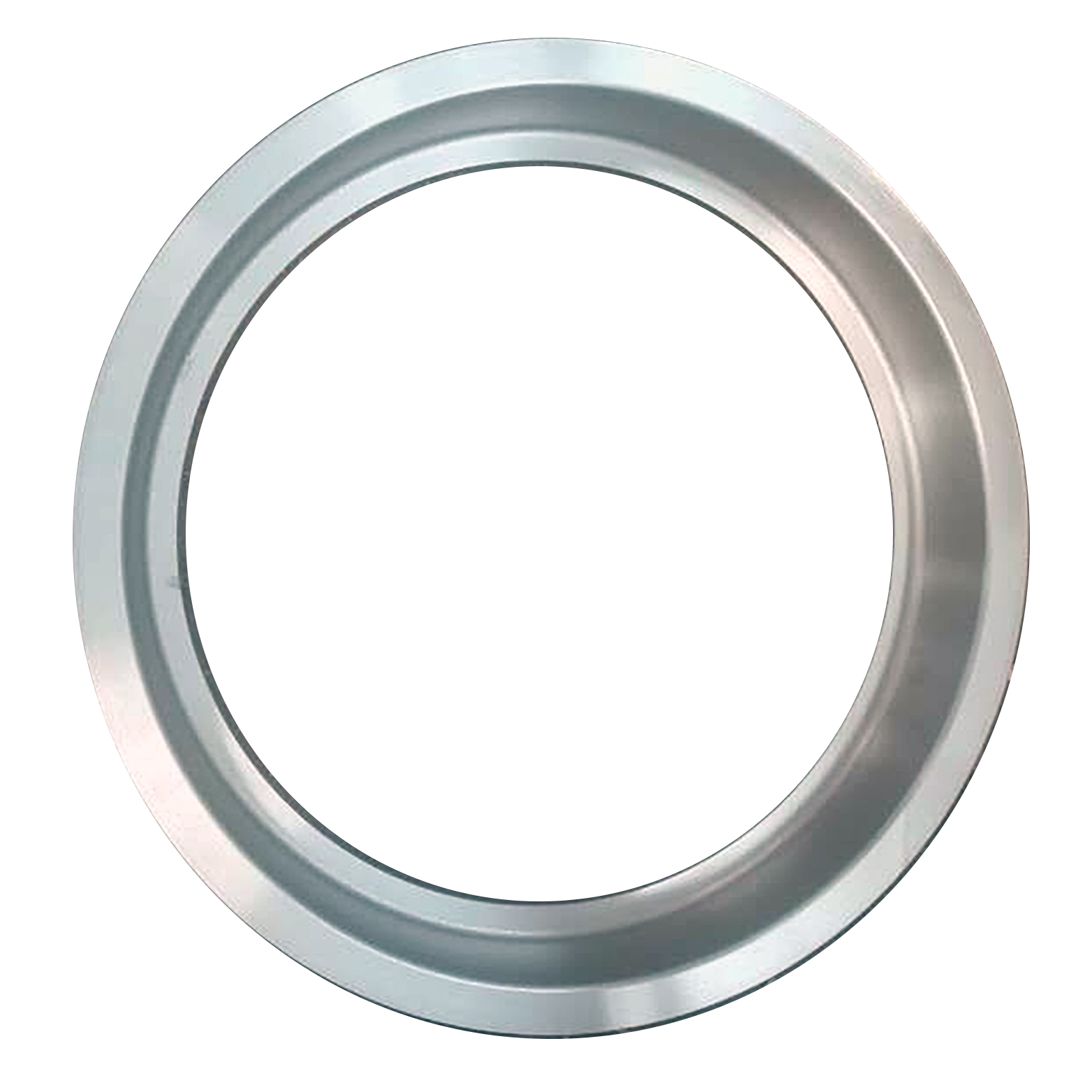Desemba . 05, 2024 14:02 Back to list
tube in tube heat exchanger
Tube-in-Tube Heat Exchangers An Overview
Heat exchangers are integral components in many industrial processes, enabling efficient heat transfer between two or more fluids without mixing them. Among the various designs, tube-in-tube heat exchangers have gained popularity due to their compact size, high heat transfer efficiency, and versatility in application.
A tube-in-tube heat exchanger consists of two concentric tubes, with one fluid flowing through the inner tube and another fluid flowing in the annular space between the outer and inner tubes. This design maximizes the surface area for heat transfer and minimizes the space required for installation. As a result, tube-in-tube heat exchangers are particularly suitable for applications where space is limited or where high thermal efficiency is critical.
Advantages of Tube-in-Tube Heat Exchangers
1. Efficient Heat Transfer The coiled design allows for a larger surface area relative to the volume, enhancing the efficiency of heat transfer. The counter-current flow arrangement, where fluids move in opposite directions, also improves thermal exchange, as it maintains a higher temperature gradient along the entire length of the tube.
2. Compact Design Due to their smaller footprint compared to other heat exchanger types, tube-in-tube units are easy to install in confined spaces. This makes them suitable for applications in industries such as marine, chemical processing, and food production, where equipment size can be a significant constraint.
3. Versatility Tube-in-tube heat exchangers can be designed to handle various fluids, including gases, liquids, and slurries. They can also be configured in different orientations and sizes to accommodate specific operational requirements.
4. Reduced Fouling The high fluid velocity in the tubes reduces the likelihood of fouling, which can adversely impact heat transfer efficiency. This characteristic is especially advantageous in applications involving viscous or dirty fluids.
5. Ease of Maintenance The simple design of tube-in-tube heat exchangers makes them easier to clean and maintain compared to more complex heat exchanger types. Regular maintenance can ensure the longevity and efficiency of the equipment.
tube in tube heat exchanger

Applications
Tube-in-tube heat exchangers are widely used across different industries. In HVAC systems, they serve efficiently to preheat water before it enters boilers or chillers. In the food industry, these heat exchangers are utilized for pasteurization processes, where precise temperature control is crucial for food safety. Additionally, in the chemical industry, they are common for cooling and heating various process streams.
Moreover, tube-in-tube heat exchangers are often employed in oil and gas applications, particularly in offshore platforms. The compact nature of these heat exchangers makes them ideal for integration into systems where space is at a premium, while their robustness accommodates harsh operating conditions.
Design Considerations
When designing a tube-in-tube heat exchanger, various factors must be considered to optimize performance. The choice of materials is critical, as they must withstand corrosion and high temperatures associated with the fluids being handled. Furthermore, the diameter and length of the tubes play a crucial role in determining the heat transfer efficiency and pressure drop in the system.
Fluid properties, such as viscosity, density, and specific heat capacity, also impact the design. Engineers must ensure that the flow rates are appropriate to achieve the desired heat transfer while maintaining manageable pressure drops. Computational fluid dynamics (CFD) modeling is often utilized in the design phase to predict performance and optimize the configuration.
Conclusion
In conclusion, tube-in-tube heat exchangers represent a compelling solution for efficient heat transfer in various industrial applications. Their advantages, including compactness, versatility, reduced fouling, and ease of maintenance, make them an attractive choice for engineers and operators alike. As industries continue to focus on energy efficiency and sustainability, the role of tube-in-tube heat exchangers will undoubtedly remain significant in the pursuit of effective thermal management. As technology advances, innovations in design and materials will further enhance their performance, reinforcing their place in modern engineering applications.
-
Centrifugally Cast Iron Water Main Pipe | Ductile Iron Solutions
NewsAug.24,2025
-
Durable Cast Steel Concrete Pipe Mold Bottom Rings & Base Trays
NewsAug.23,2025
-
Centrifugally Cast Iron Water Main Pipe for Reliable Mains
NewsAug.22,2025
-
Durable Centrifugally Cast Iron Water Main Pipe
NewsAug.11,2025
-
Centrifugally Cast Iron Water Main Pipes for Reliability
NewsAug.10,2025
-
High-Quality Centrifugally Cast Iron Water Main Pipes
NewsAug.09,2025


